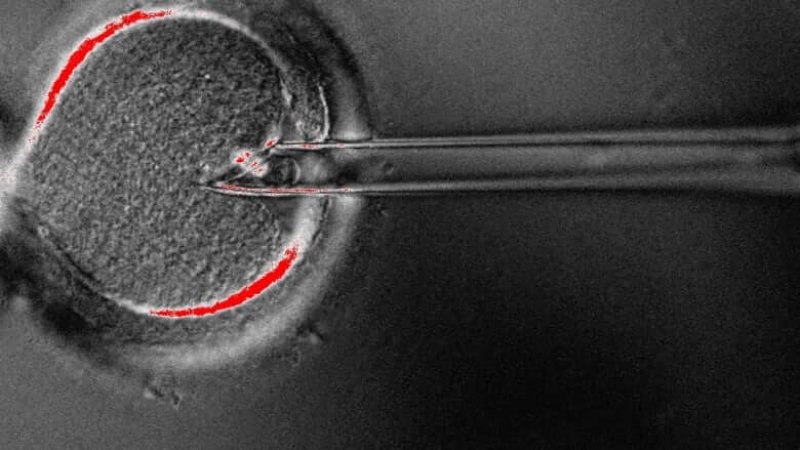Australia has become the second country in the world to explicitly authorize and regulate mitochondrial replacement therapies, offering hope to some families who want to have children but fear passing along inherited mitochondrial diseases to them.
These diseases affect the mitochondria, tiny structures in nearly every cell that generate the energy it needs to survive and function and, unlike cellular components other than the nucleus, have their own DNA. Underperforming mitochondria can lead to problems in organs like the heart, lungs, or eyes, and symptoms may progress and expand to other organs over time.
In the U.S., up to 4,000 children are born each year with a mitochondrial disease. Some die early; others cope with potentially painful or debilitating symptoms with treatments like physical therapy and medications.
In 2016, the U.S. Institute of Medicine concluded that mitochondrial replacement techniques could be safe, effective, and ethical, and recommended that they be tested under carefully controlled settings. But that was a nonstarter because Congress has used its power over the federal budget since 2015 to forbid the FDA from reviewing applications to start human trials for mitochondrial replacement.
…
It’s time for the U.S. to follow Australia and the U.K. in taking the next responsible, cautious steps forward with mitochondrial replacement therapies.
































